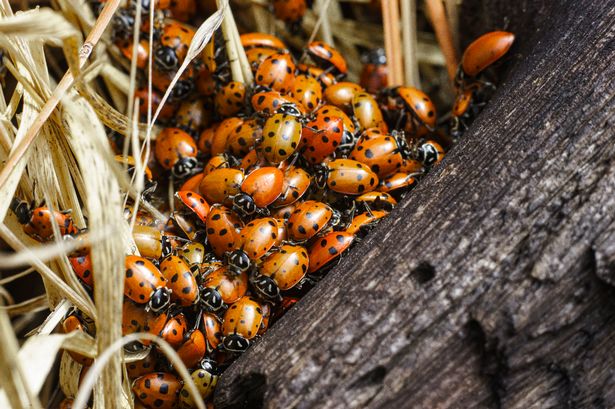
Introduction
The swarming of ladybirds, particularly the Harlequin ladybird, has gained attention recently as these simple insects exhibit a captivating yet perplexing behaviour. This natural phenomenon holds significance not only for ecologists but also for gardeners and farmers, as ladybirds play a vital role in pest control in various ecosystems. Understanding swarming behaviour can help us appreciate the ecological balance and the potential implications for agriculture.
What Causes Ladybirds to Swarm?
Researchers have studied the triggers behind ladybird swarming behaviour, noting that it typically occurs during late summer and autumn, coinciding with the insects’ search for optimal conditions for hibernation. Temperature fluctuations, the availability of food sources, and the need to find a suitable environment for overwintering are primary factors driving this behaviour. The swarming offers ladybirds the opportunity to congregate in large numbers, possibly enhancing survival rates against predators and environmental changes.
The Ecological Impact of Swarming
While ladybirds are generally considered beneficial insects, their swarming behaviour can sometimes lead to problems. Large swarms can invade homes and buildings during colder months as they seek warmth and shelter, causing dismay among residents. Furthermore, the Harlequin ladybird has been known to outcompete native ladybird species for resources, raising concerns among conservationists and agriculturalists alike. This change in ladybird populations may directly influence pest control and ecosystem stability.
Recent Incidents of Swarming
Reports across various regions in the United Kingdom this autumn have noted an increase in ladybird swarming activity, particularly as warmer, wetter weather prevailed. Gardeners have observed an unusual number of ladybirds gathering, prompting discussions on social media platforms about the implications for local gardens and farms. Experts have reiterated that while the swarming behaviour is natural, understanding how to manage the presence of these insects can help mitigate any negative impacts.
Conclusion
In conclusion, the phenomenon of ladybirds swarming is a reminder of the intricate relationships present in our ecosystems. As climate patterns shift and environmental conditions change, the behaviour of species like the ladybird will continue to evolve. By studying these patterns, we can better understand the implications for agriculture and biodiversity. As the seasons change, remaining vigilant about these natural occurrences will aid not only in appreciating the complexity of nature but also in preparing ourselves for the effects of these shifts on our surroundings.
You may also like

Exploring the Unique World of Laos Hornets

The Life and Legacy of David Attenborough
